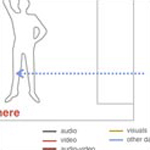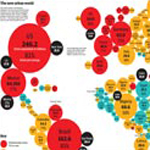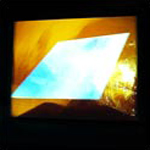Volume I, Issue 3
This quarter’s issue brings together four very unique and diverse works. However, each of these projects and papers discusses a key element relevant to us all—how our physical presence to the objects around us builds additional stimuli to the people that also surround us. From explorations into social information sources (via portable and novel technologies) as a reflection and creator of physical spaces, to visualizing massive group dynamics, this issue's contributors provide us the ability to envision new realities from existing constructs.
Looking at these projects as disparate entities will enable you to deeply dive into the conceptual and fabrication intricacies of each one. I urge you, however, to look at these works as a larger system which together posit new methods with which to visualize the many information sources that we interact with every day.
Brian Willison, Publisher
Parsons Journal for Information Mapping

Calm Technologies 2.0: Visualising Social Data as an Experience in Physical Space
by Michael Hohl, PhD

Conflating Boundaries to Envision Urban Public Health
by Shriya Malhotra, MA

Stockwatch, a Tool for Composition with Complex Data
by Samuel Van Ransbeeck & Carlos Guedes

Stepping on the Light
by Michael Filimowicz, MFA

